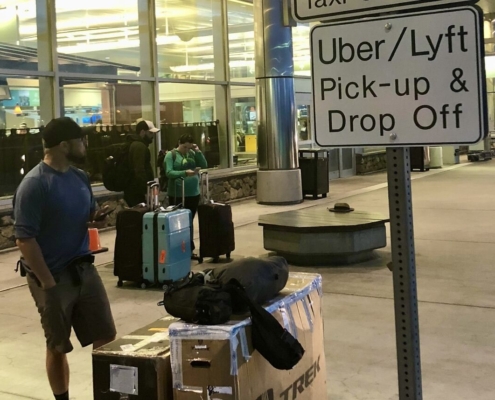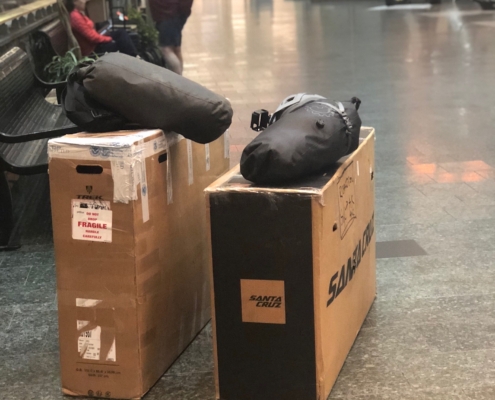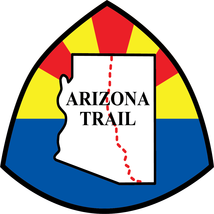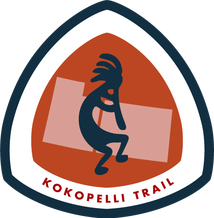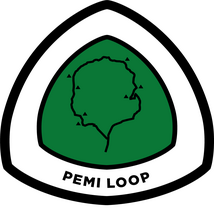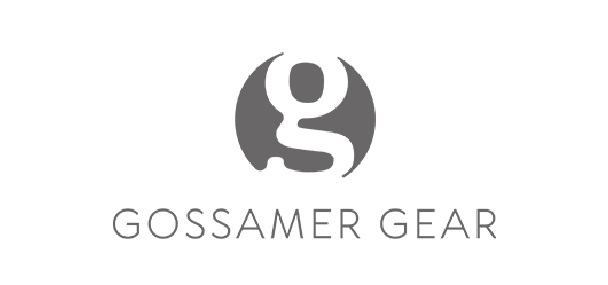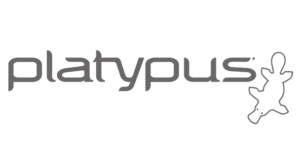Most Common Mistakes Bikepackers Make
The most common mistakes bikepackers make can turn an epic adventure into a frustrating experience or lead to failure. Whether it’s choosing the wrong gear, overpacking, or underestimating a route, these mistakes are easy to make—especially for beginners. I’ve seen it firsthand in both bikepacking and hiking.
We all start as novices, learning through trial and error. As a result, many of us make the same mistakes—not just on the trail but in how we prepare. Too often, riders turn to forums looking for guidance but ask the wrong questions. Instead of debating the best gear or nutrition, a better approach is to ask experienced bikepackers what mistakes they made. Learning from their experiences can help new riders avoid common pitfalls.
Shakedown rides will teach you what gear works for you. As you refine your setup, you’ll build Trail Confidence, making your rides safer and more enjoyable. I can’t stress enough how important it is to test your setup before heading out.
I surveyed fellow bikepackers to confirm my theory, and the results are below. My hope is that new riders can learn from our mistakes and gain confidence. The top five mistakes were: Poor Gear Choices, Overpacking, Poor Planning, Riding Strategy and Physical Conditioning, and Time Management.
Save big and support The Project at the same time! Check out our Affiliate Deals page for exclusive offers on top brands. Every purchase fuels our mission to provide you with the best guides and resources for your adventures. Bookmark it now and shop smarter—deals update regularly!


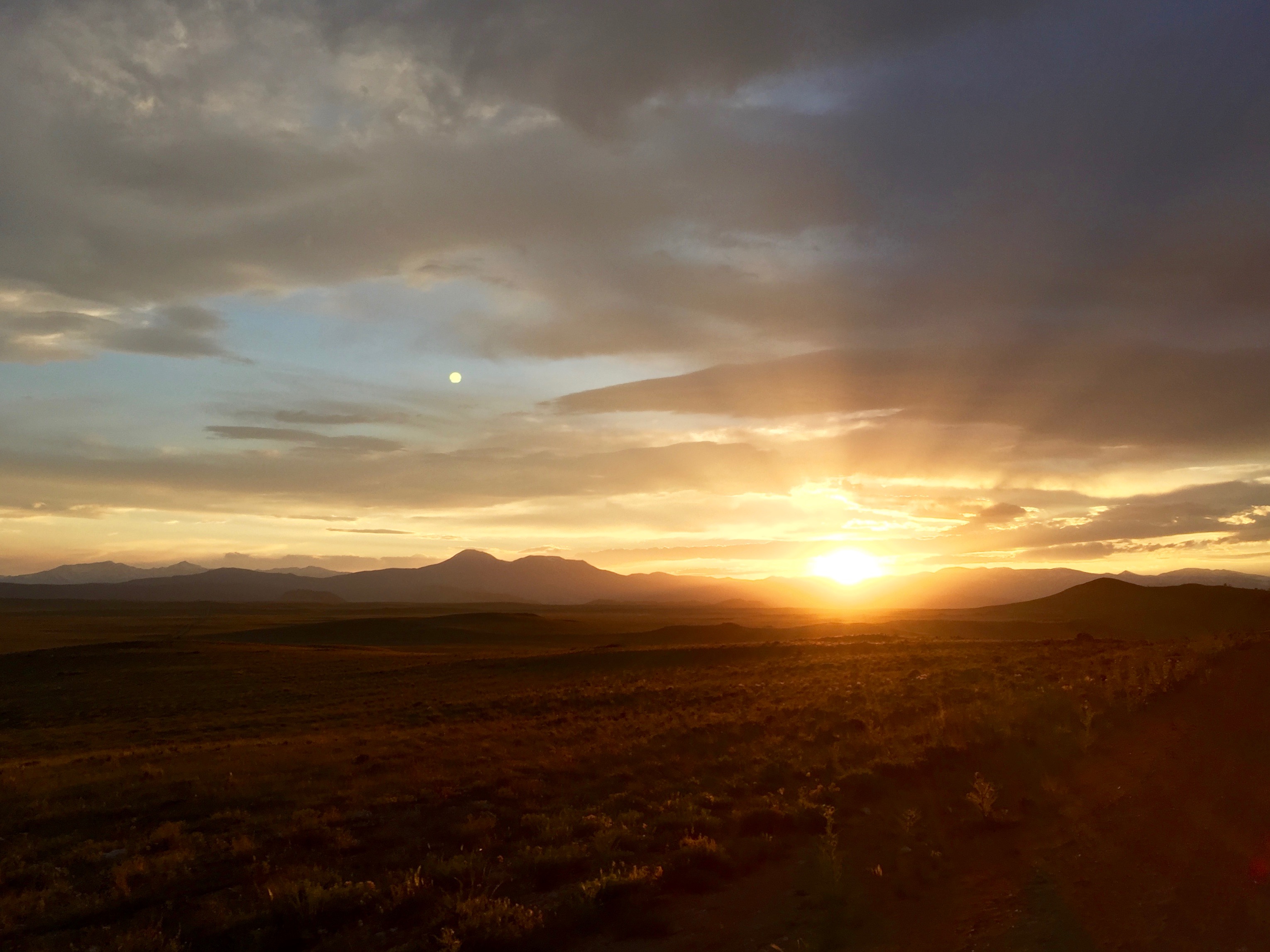

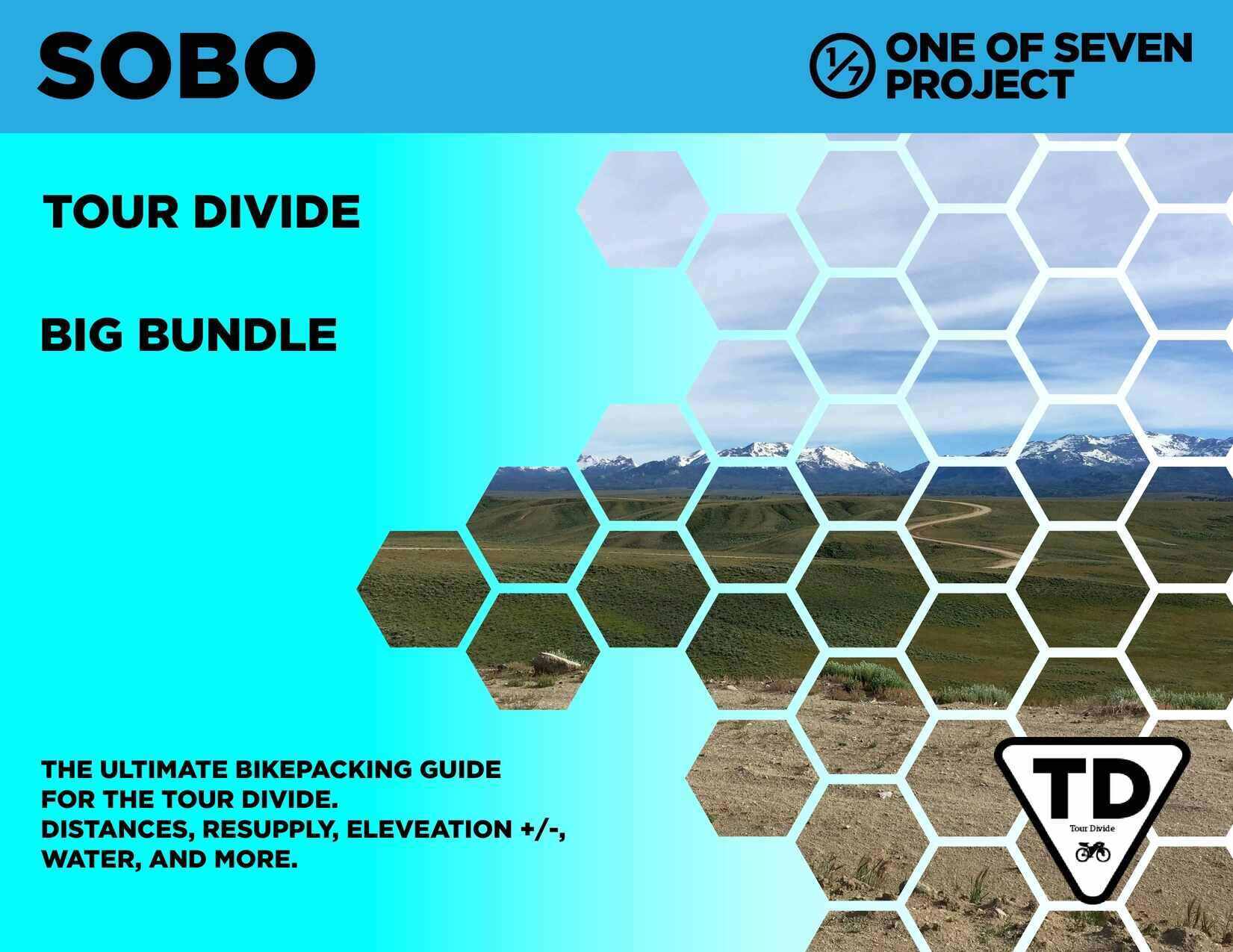
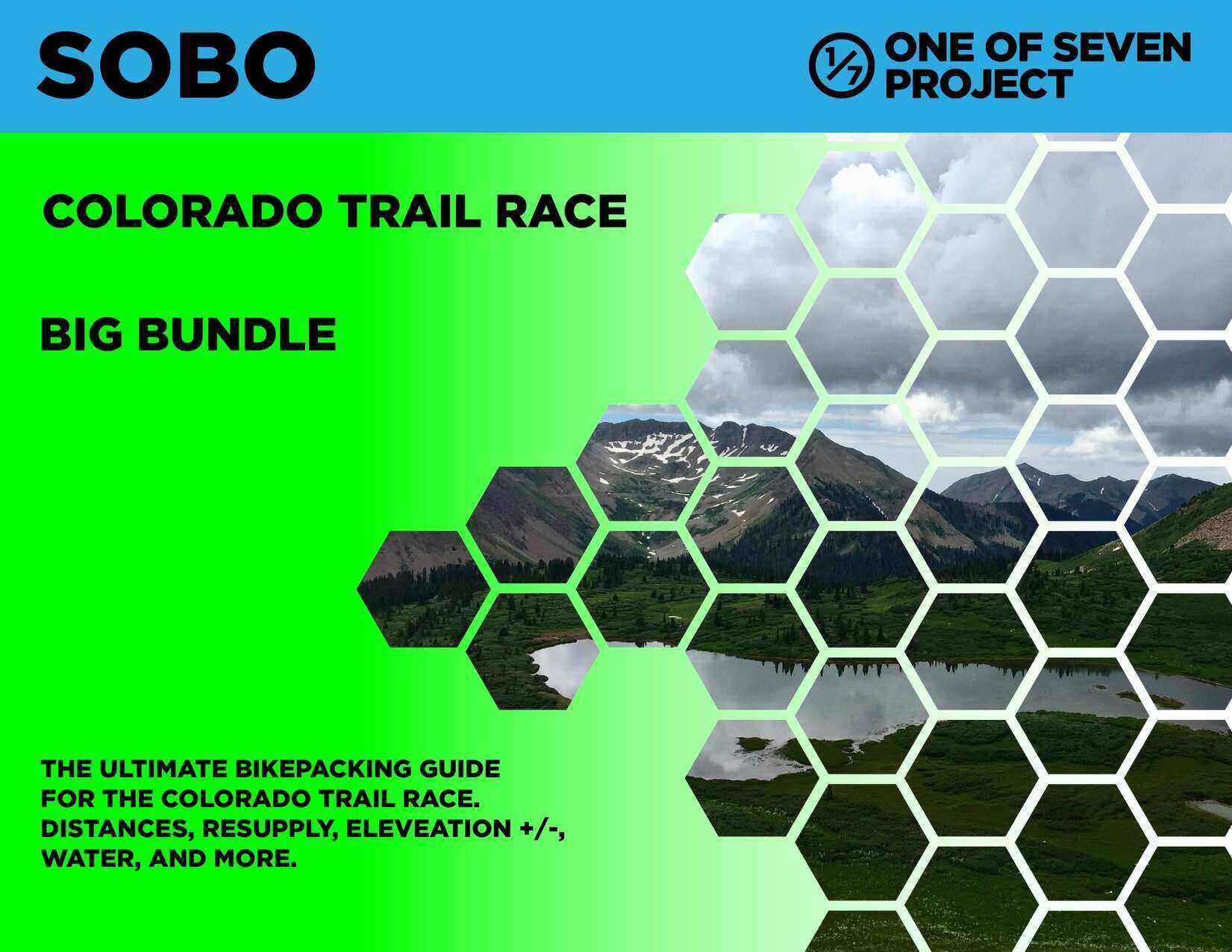
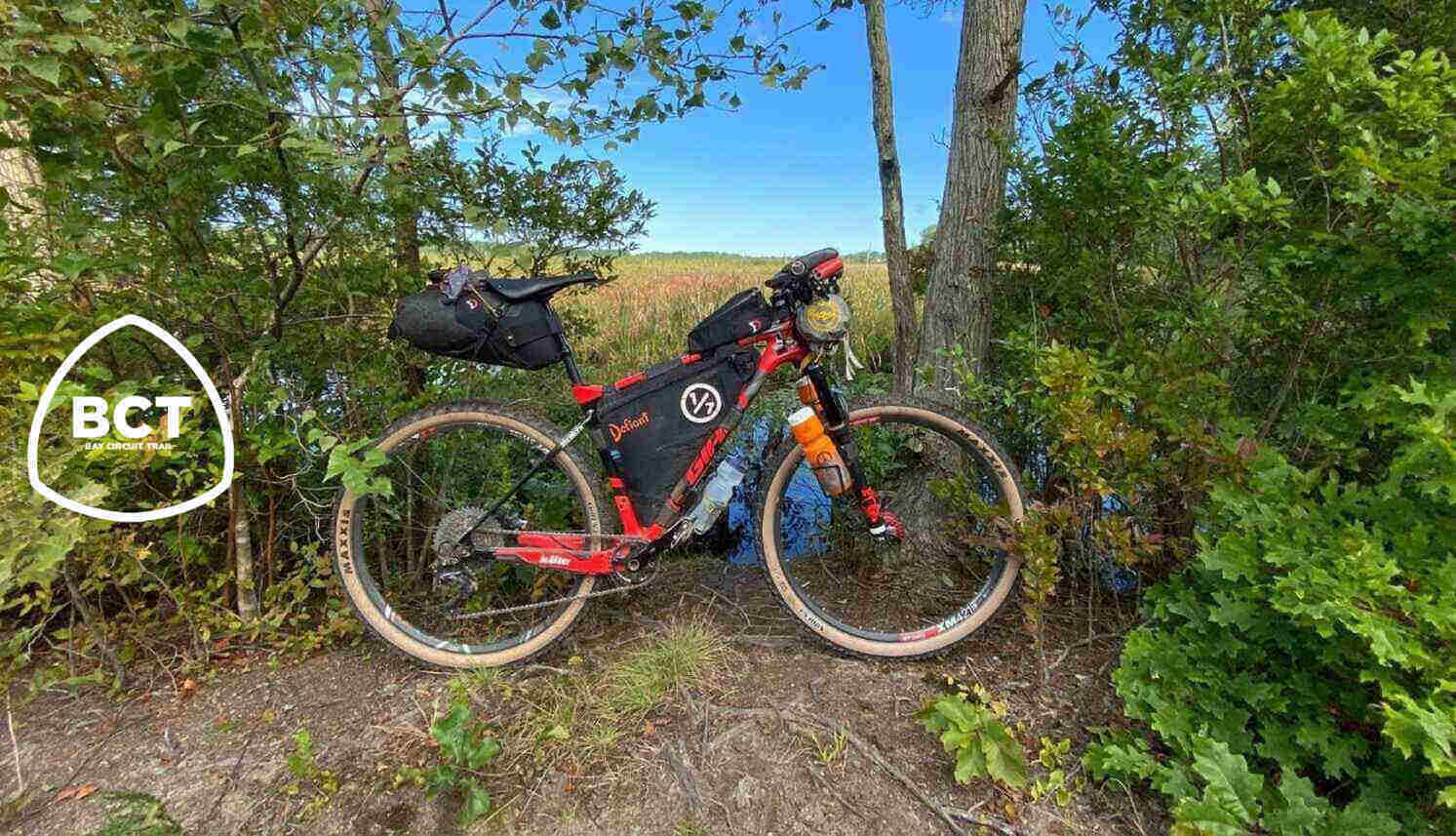
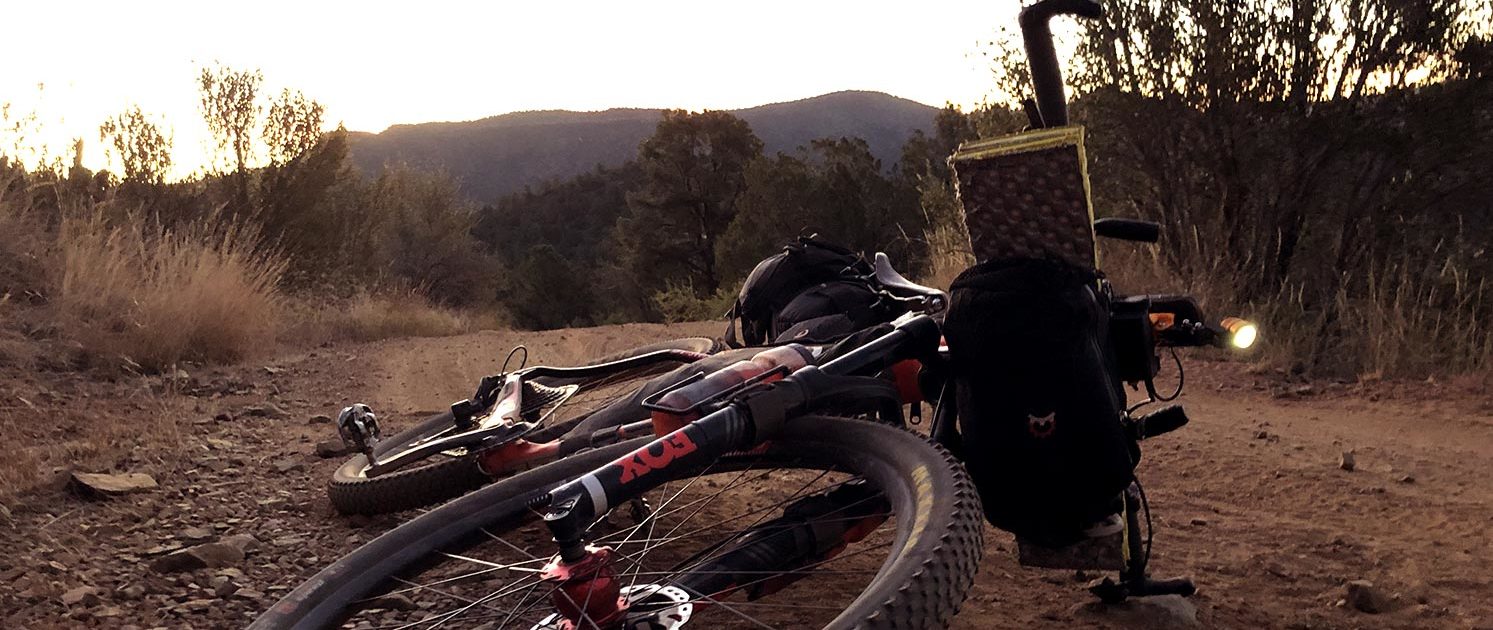
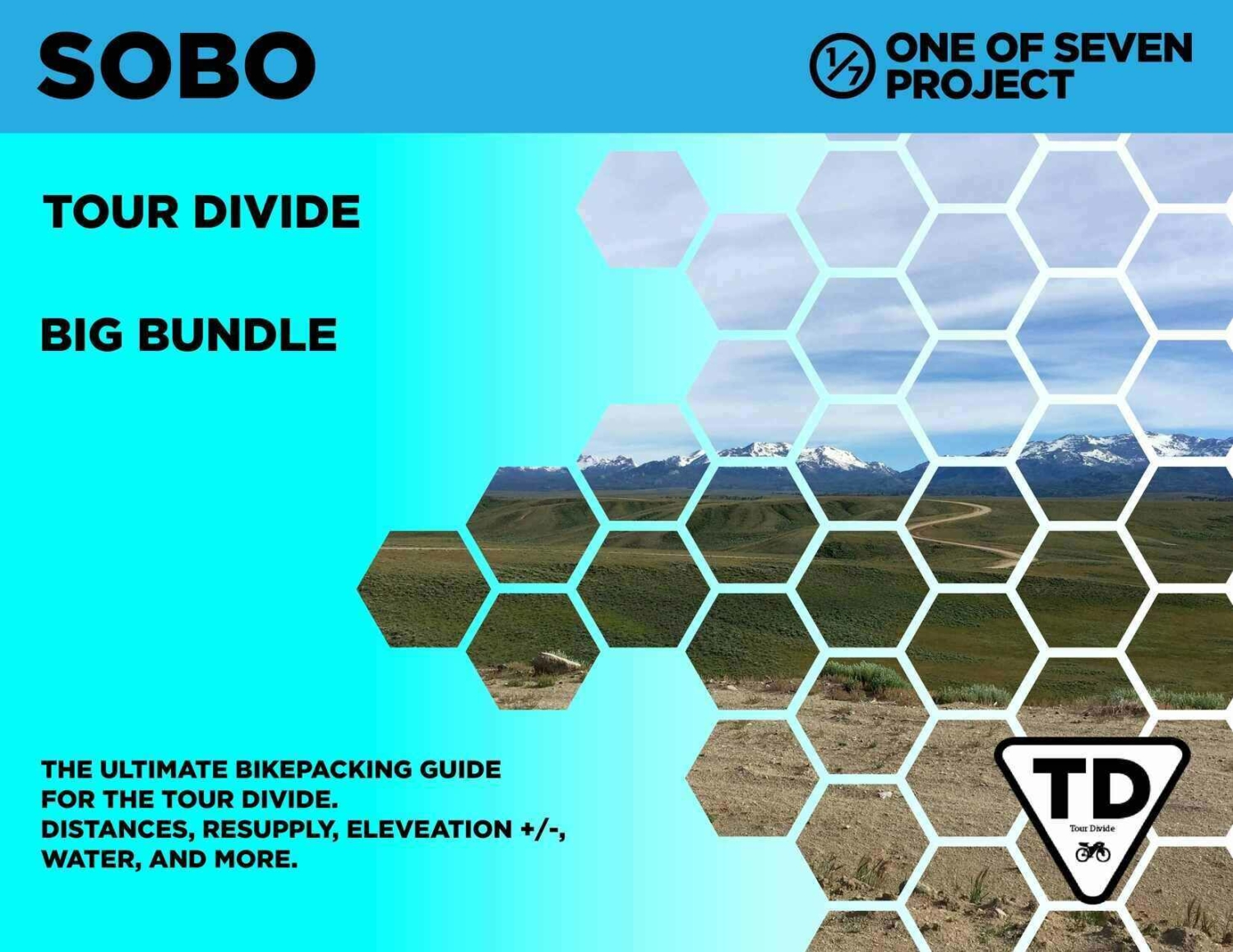
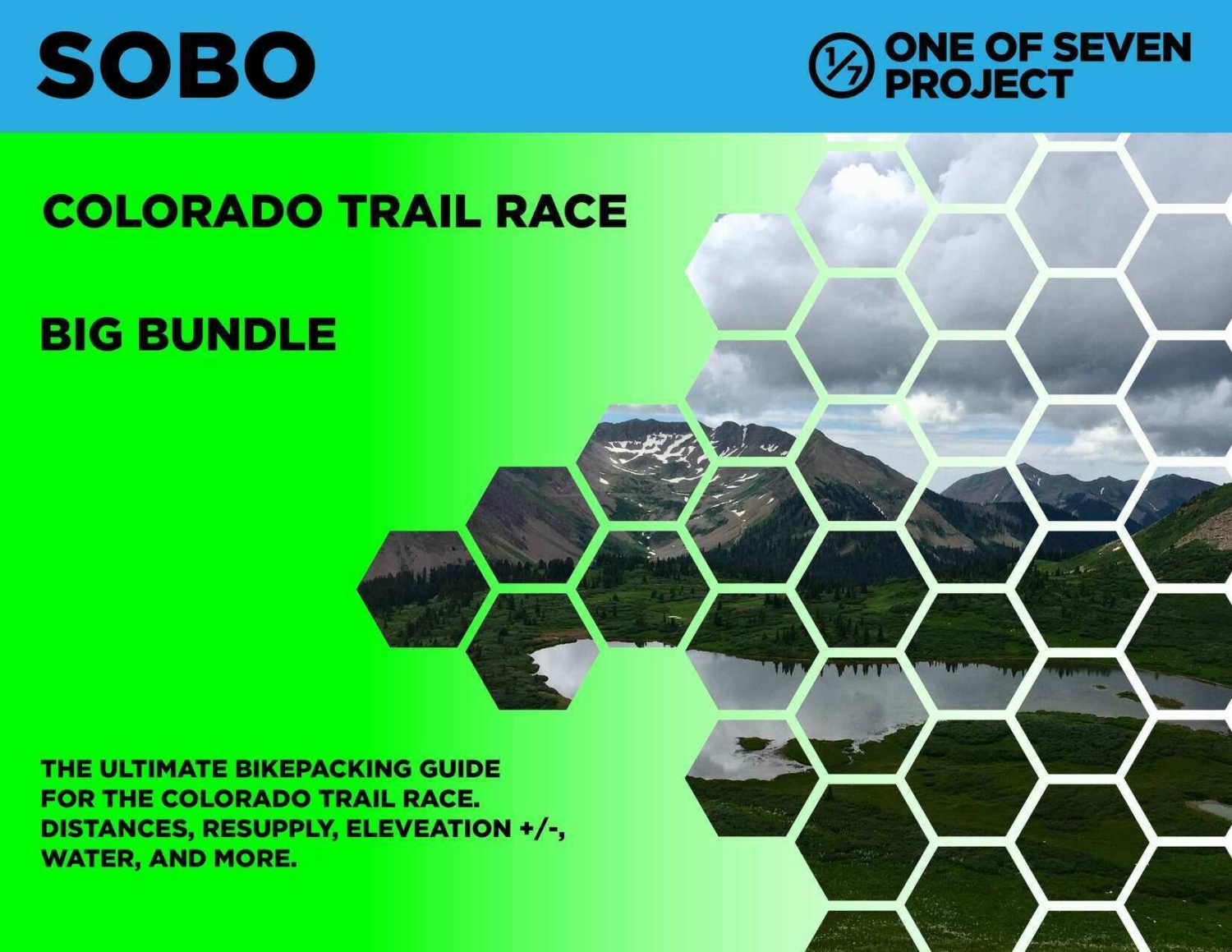
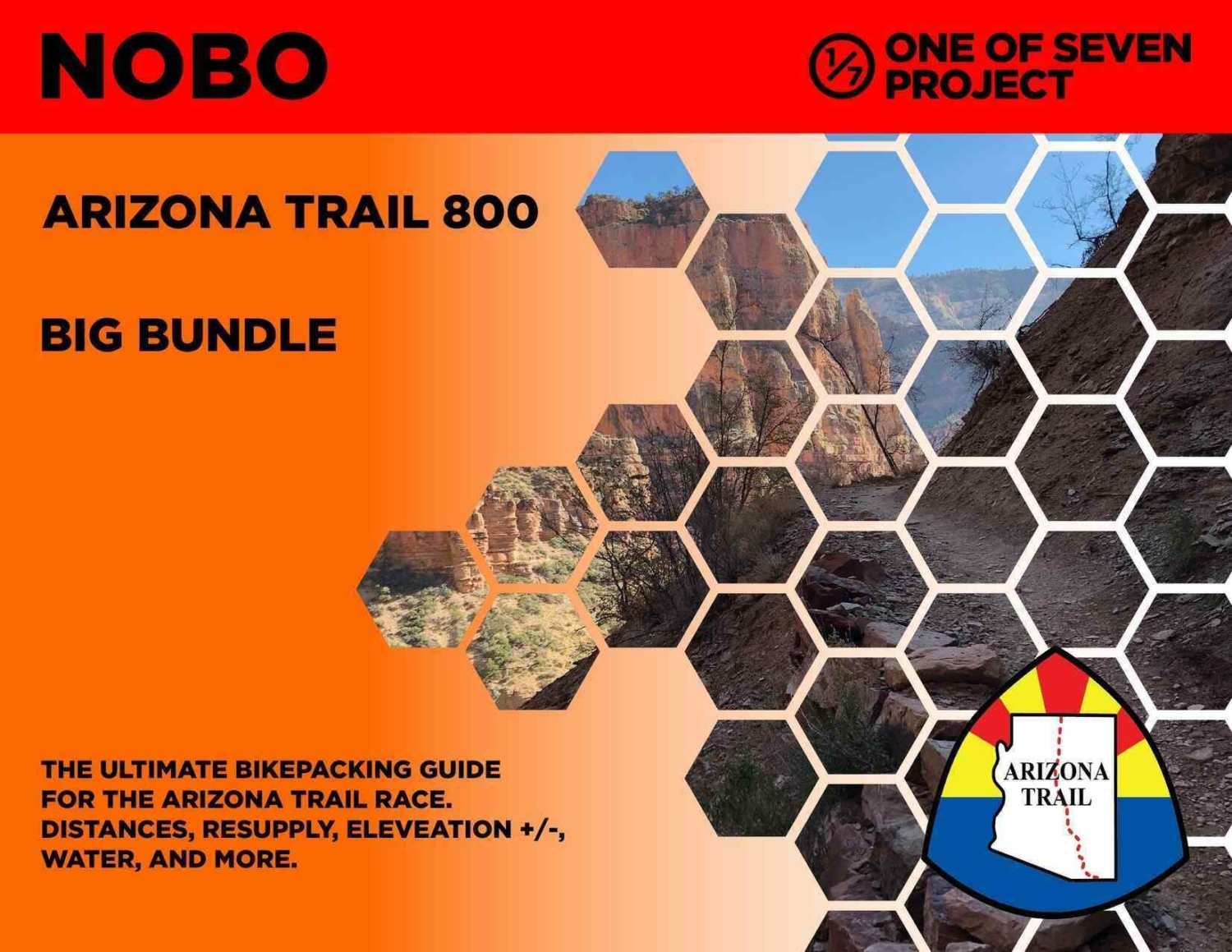
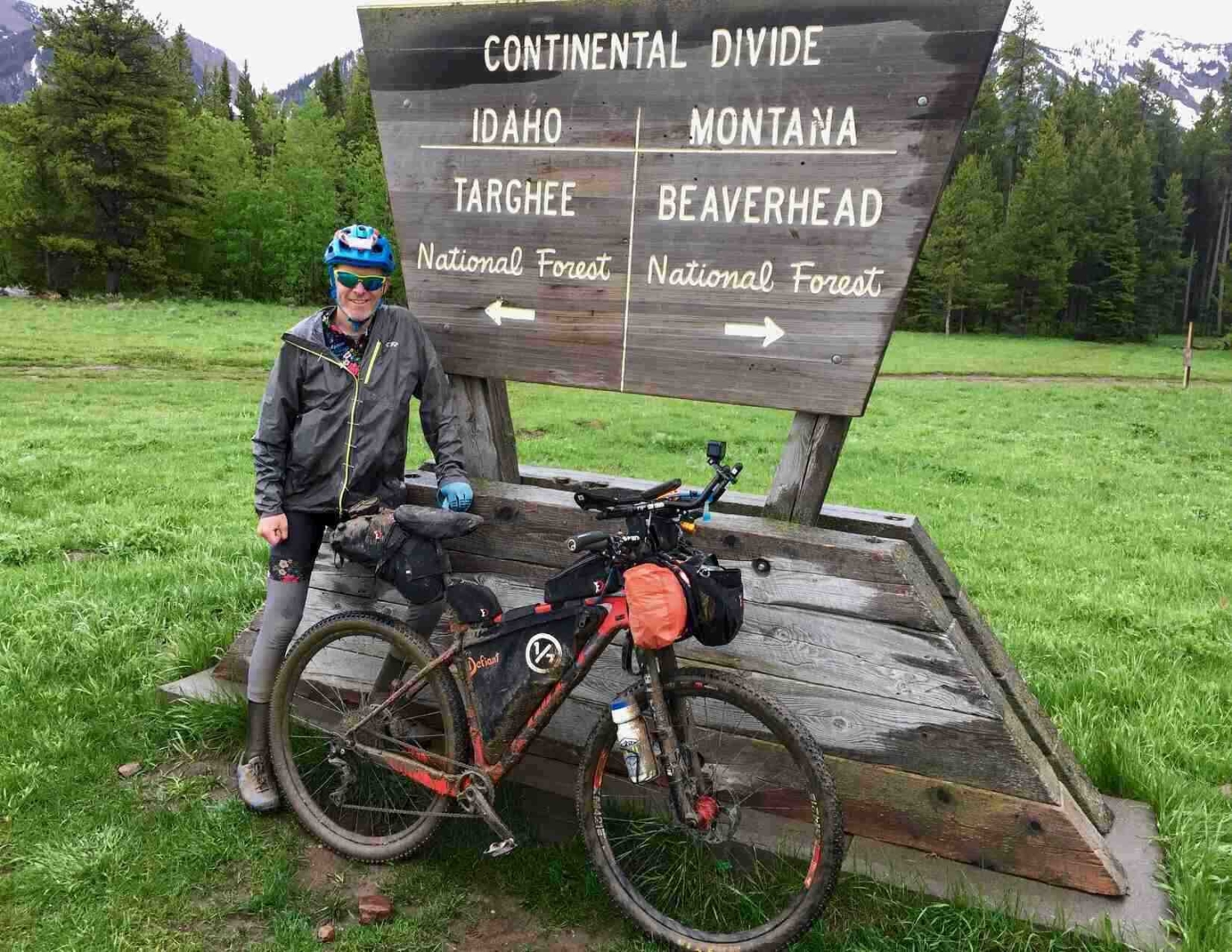
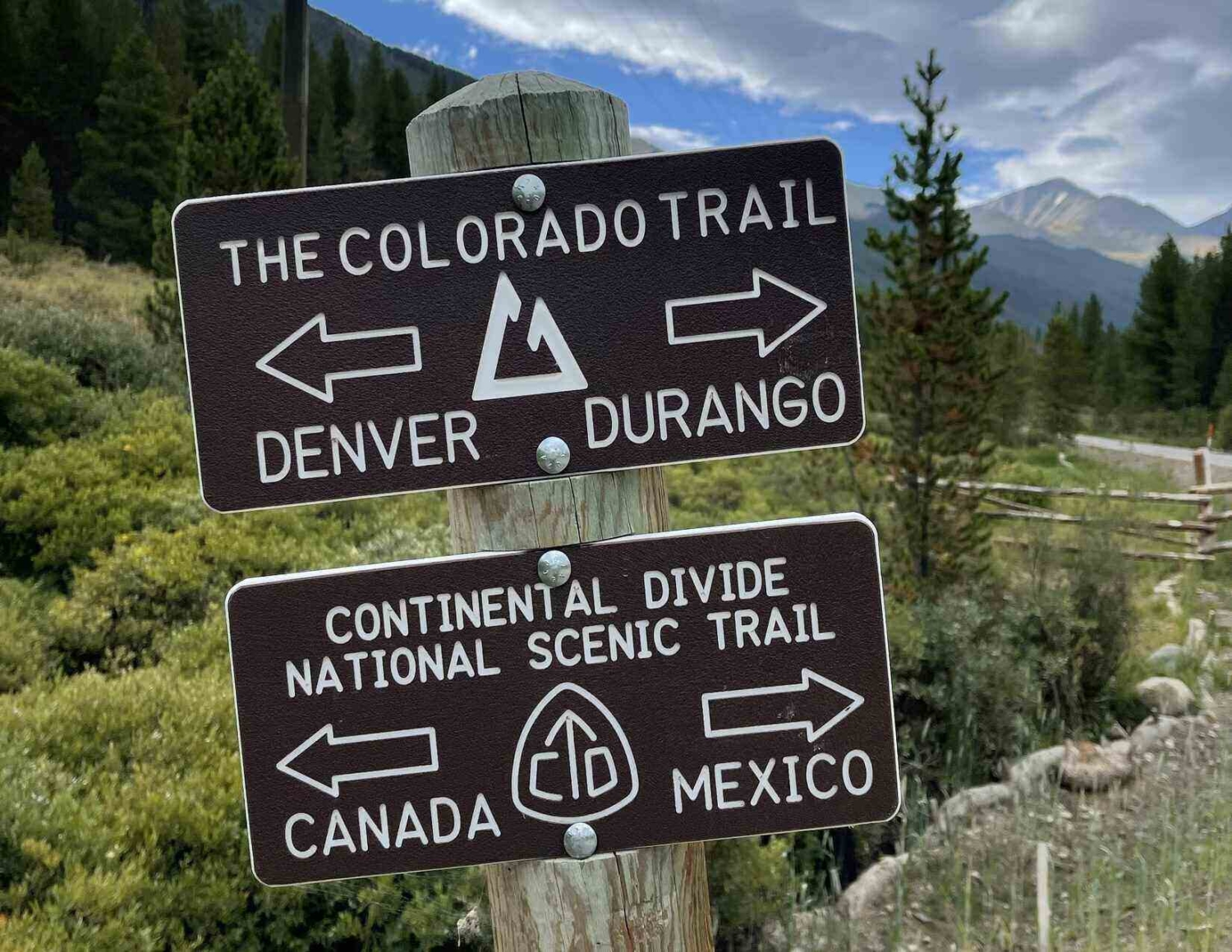
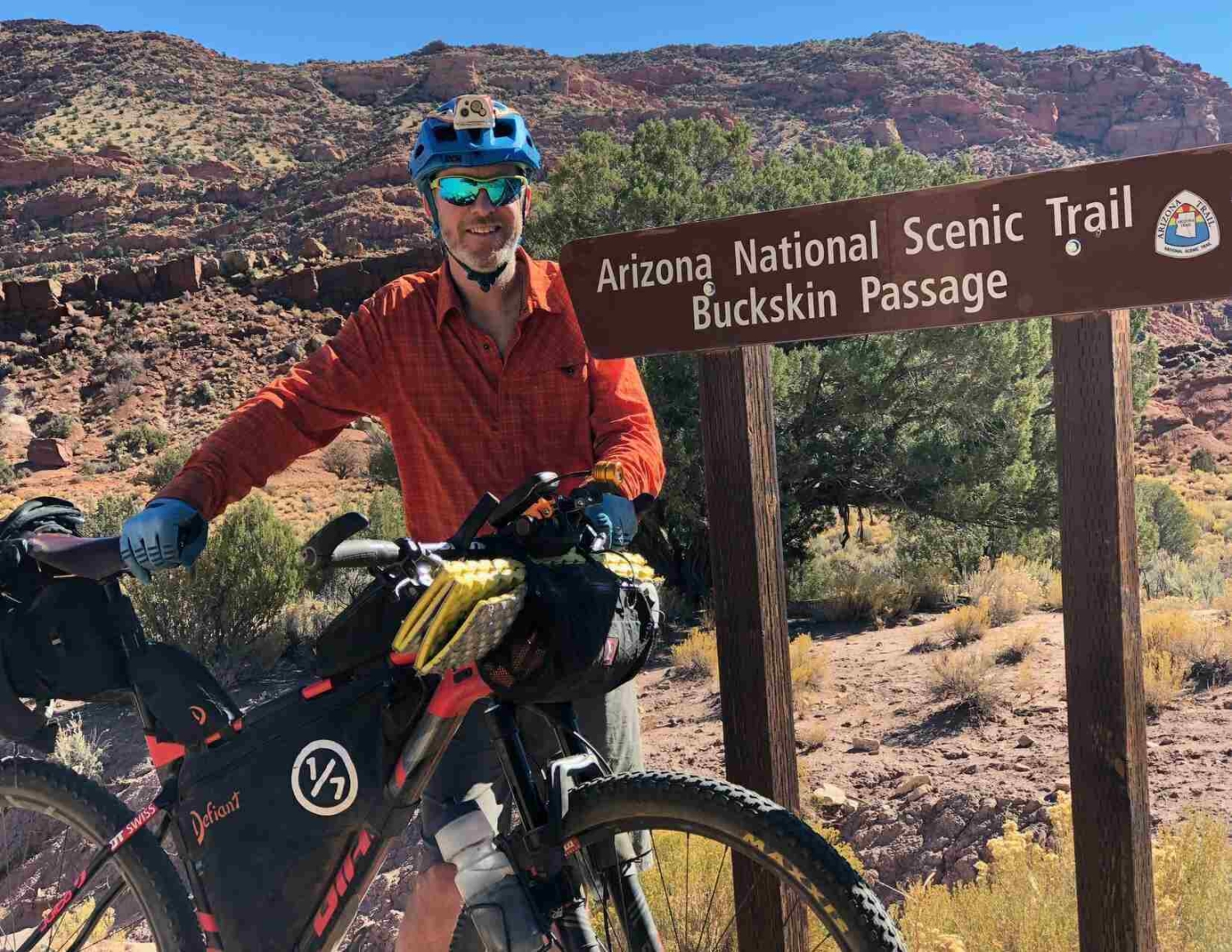
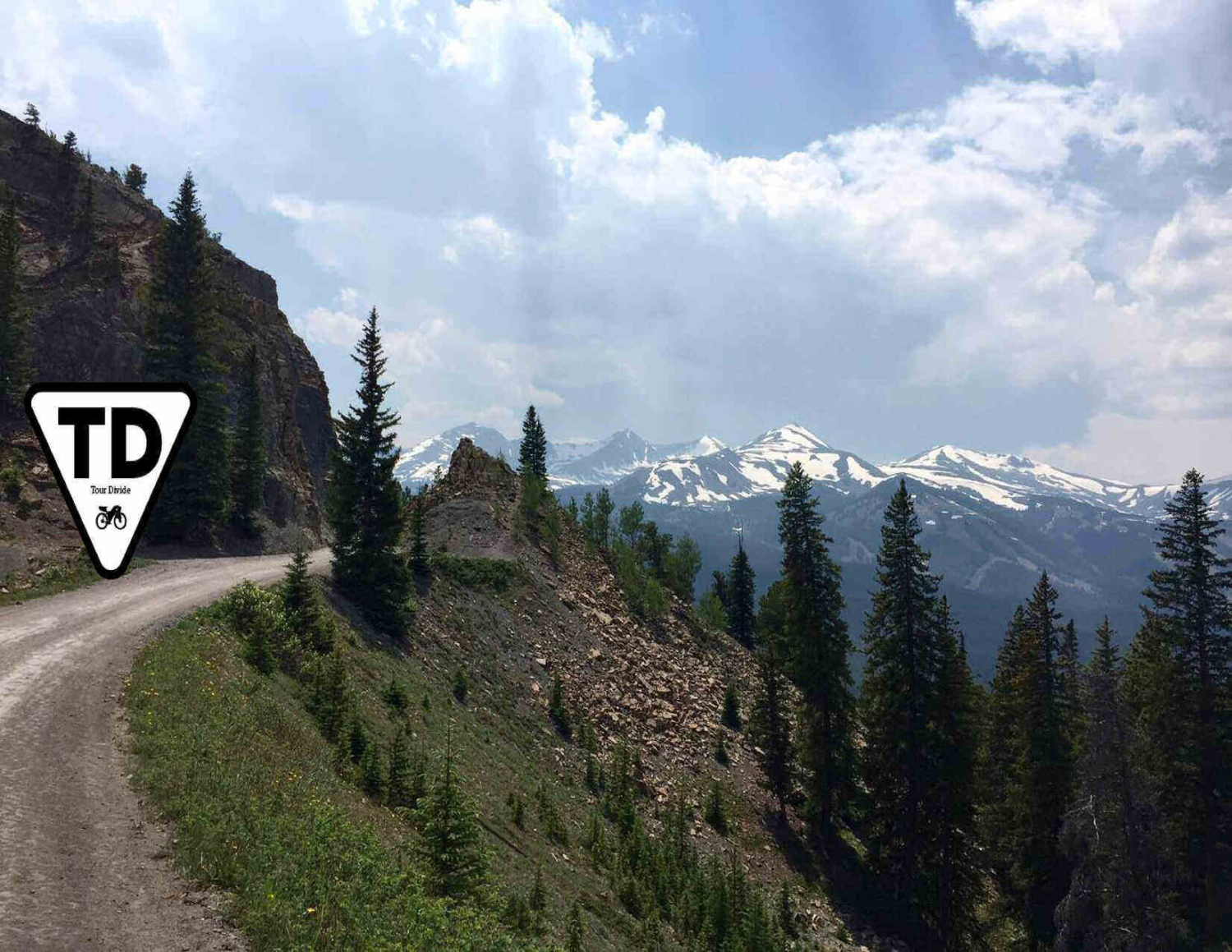
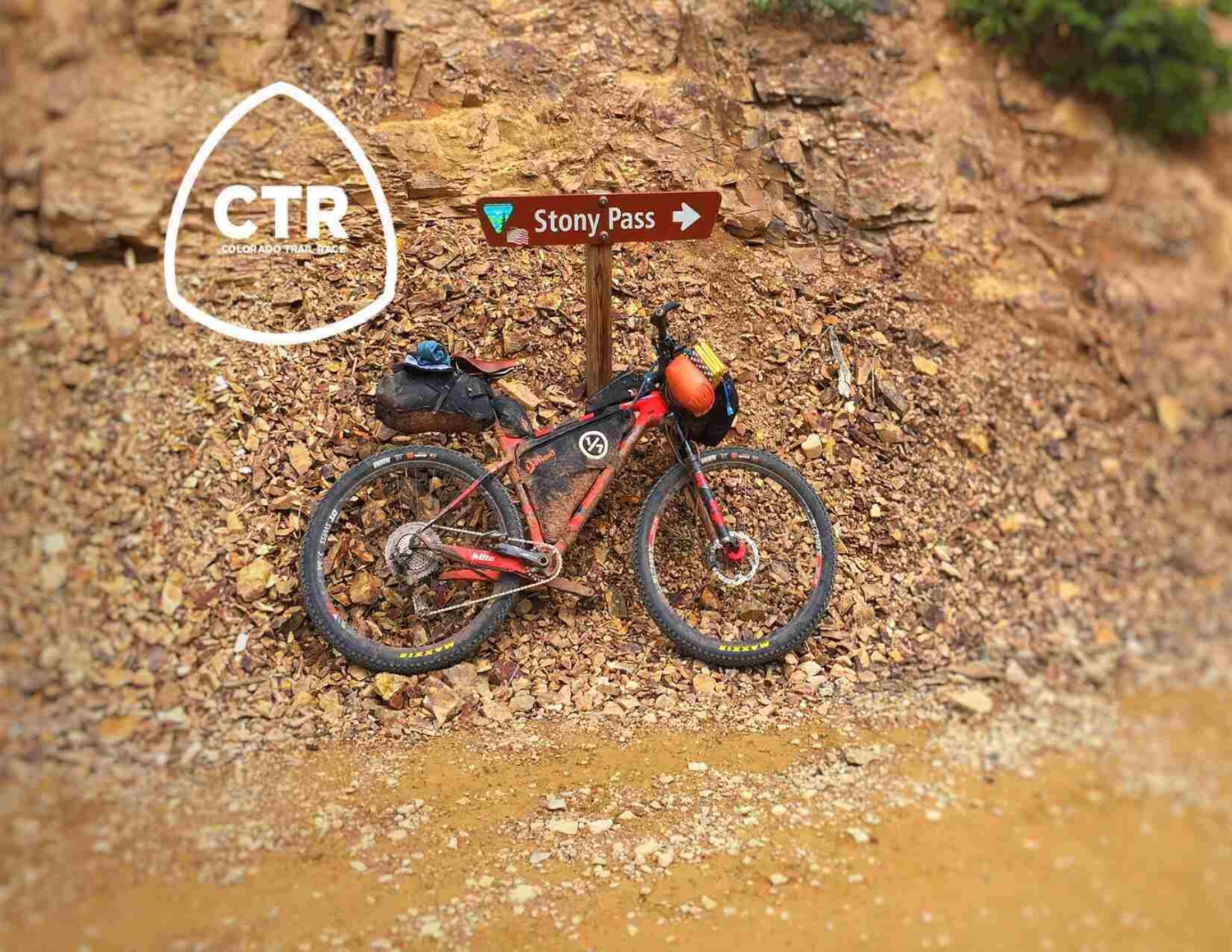
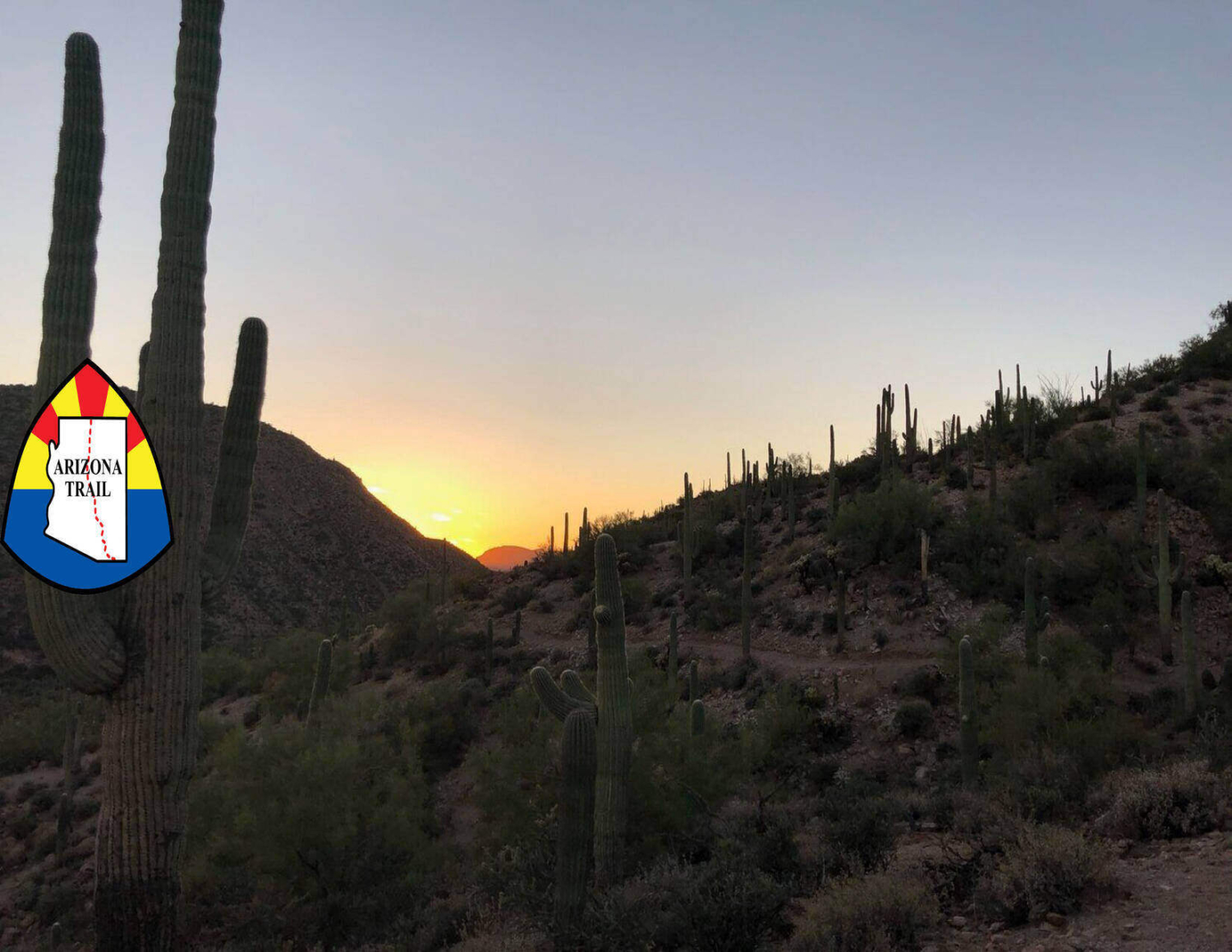
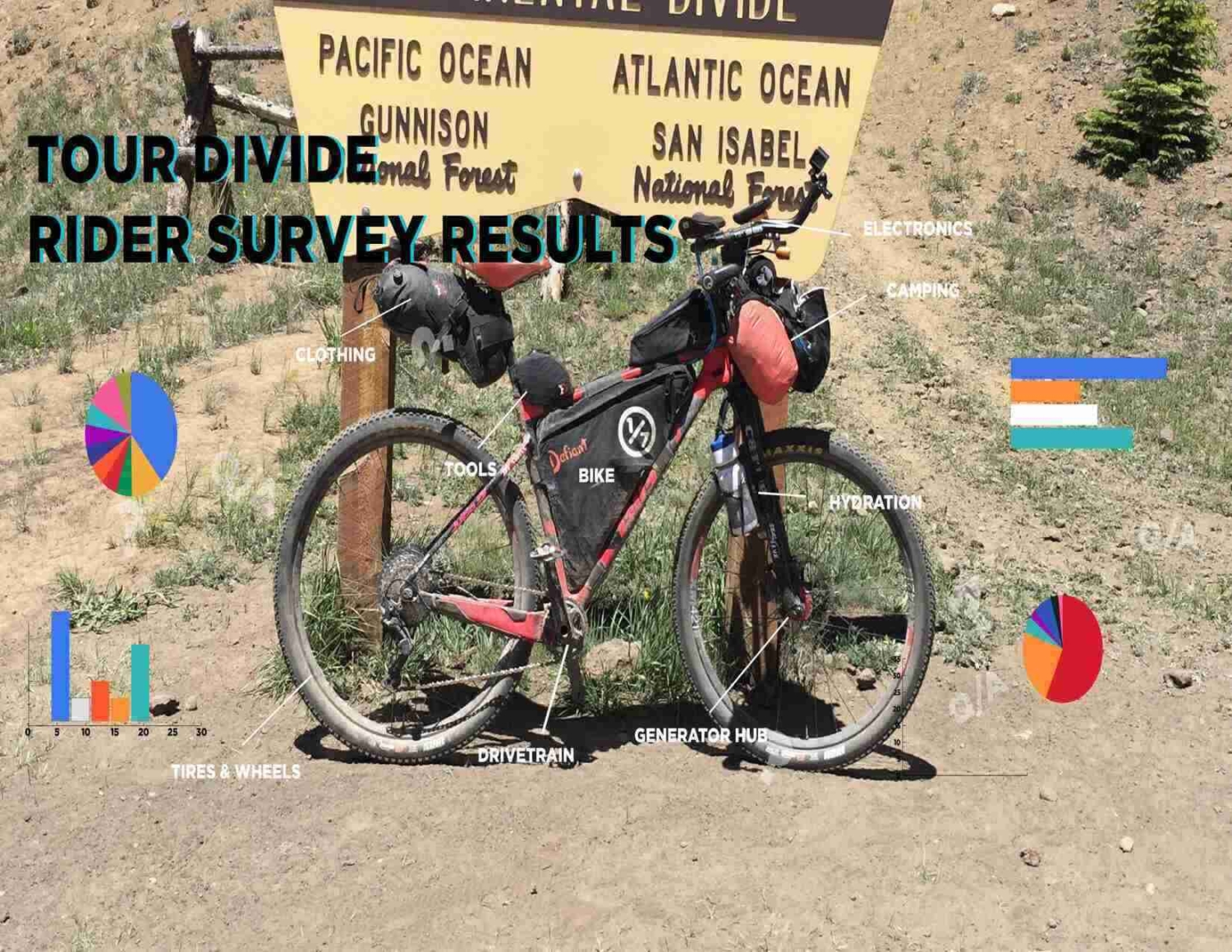

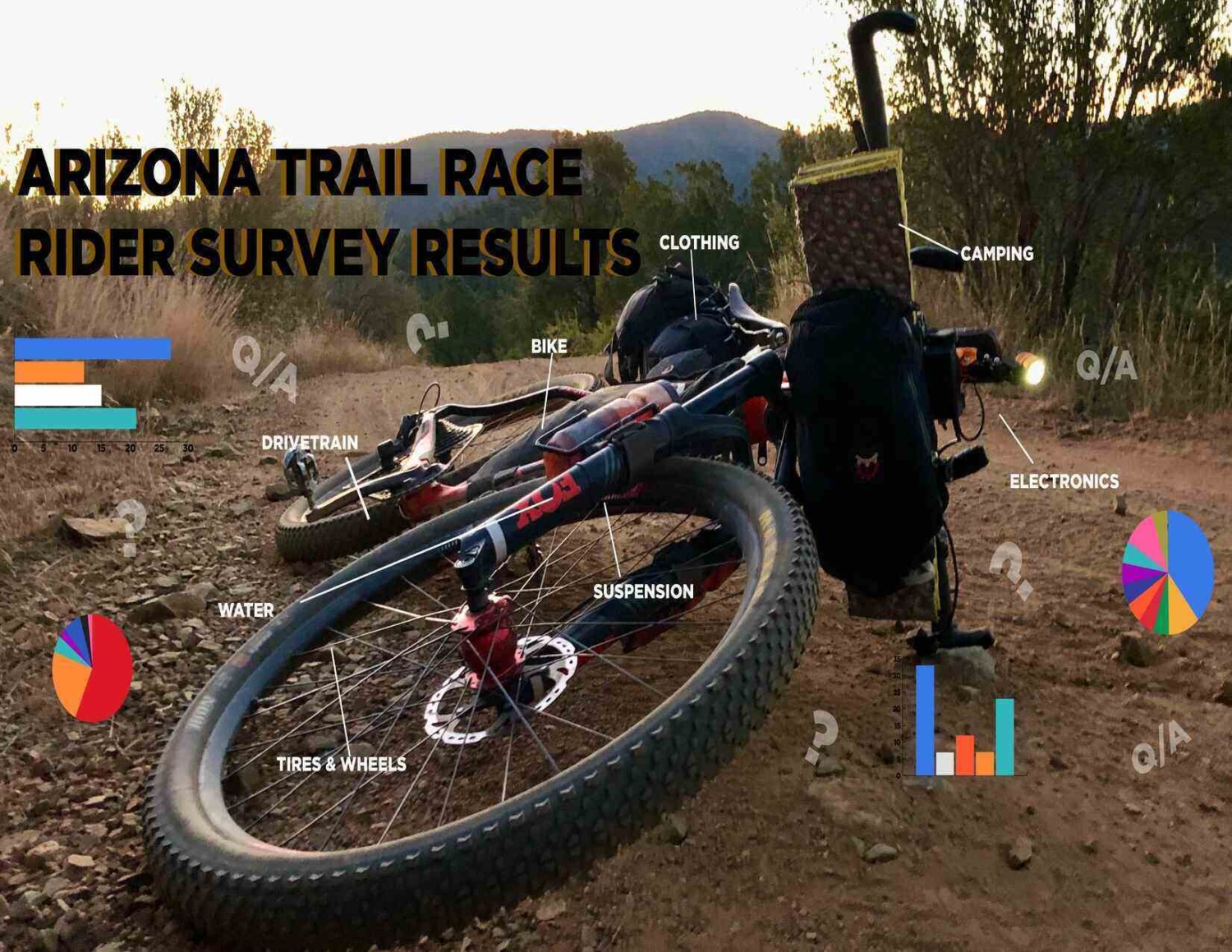
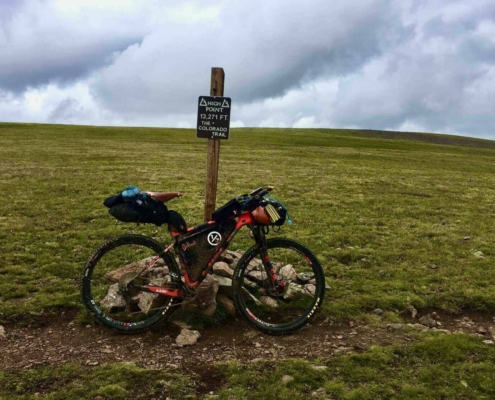
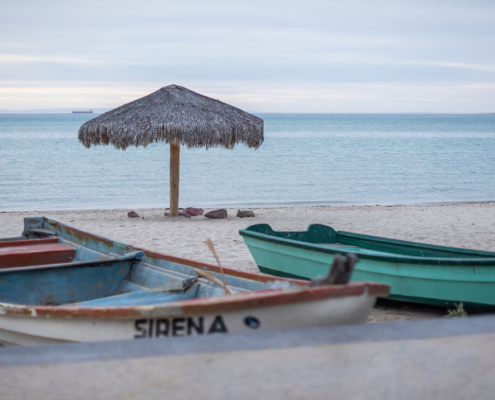 Courtesy of Dirt Trails Wanted
Courtesy of Dirt Trails Wanted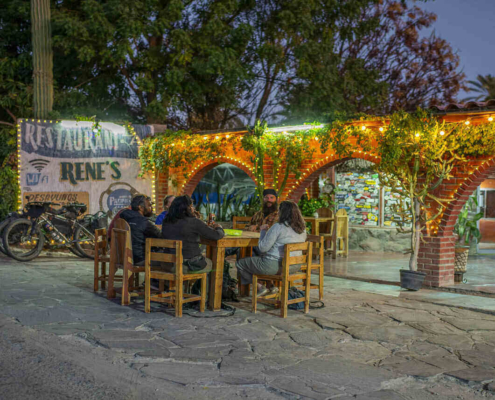 Courtesy of Dirt Trails Wanted
Courtesy of Dirt Trails Wanted